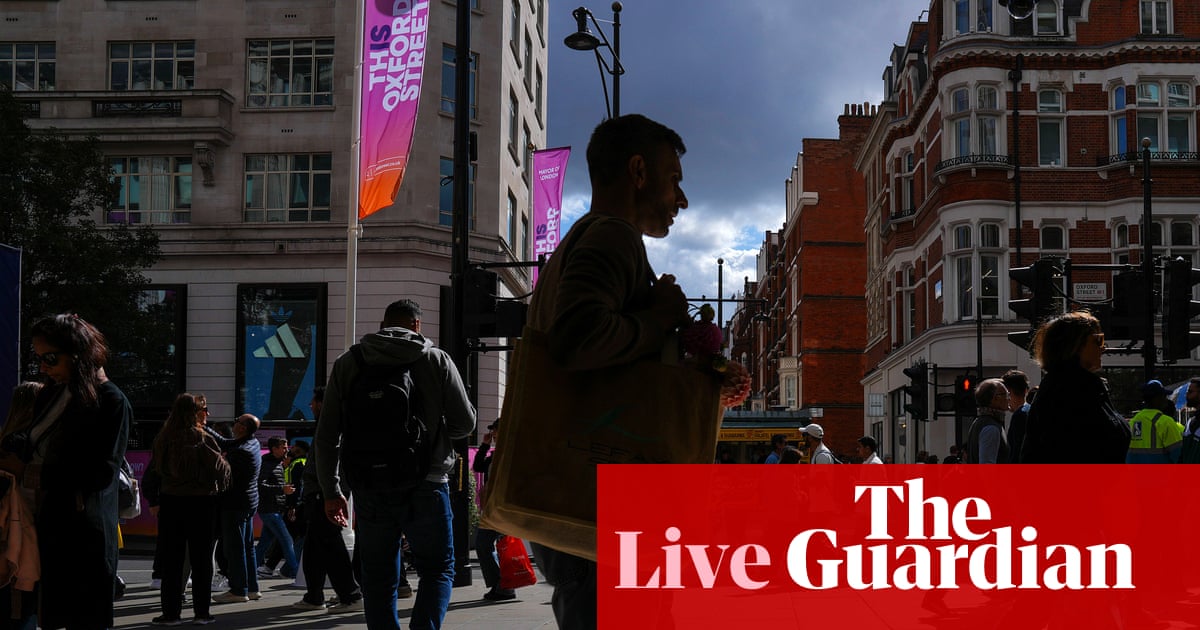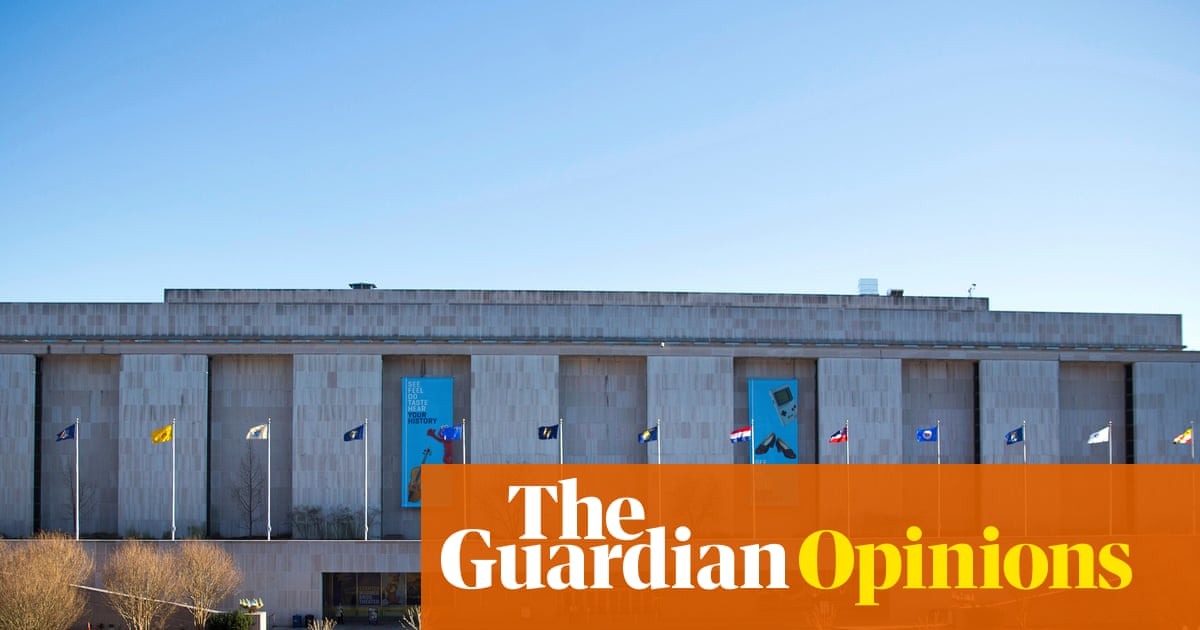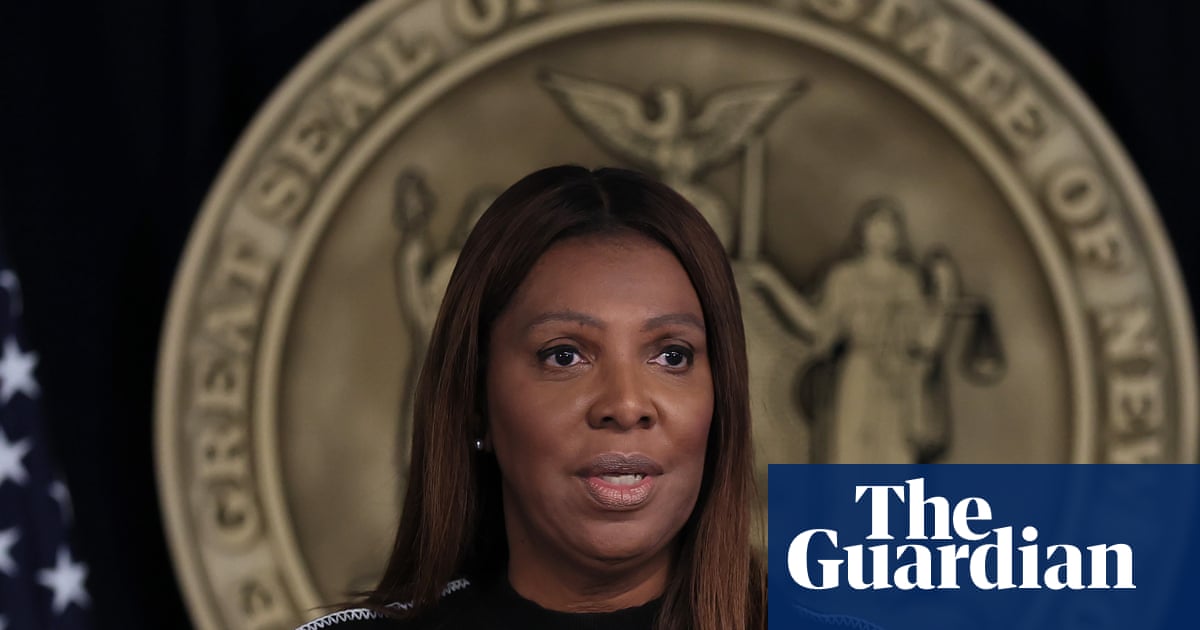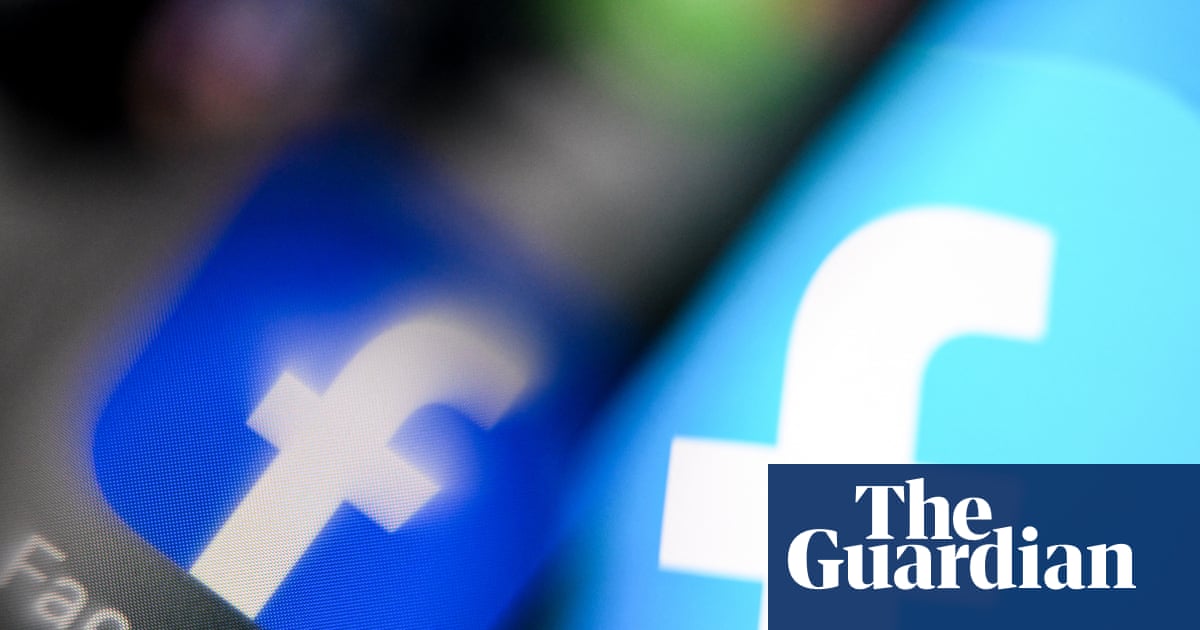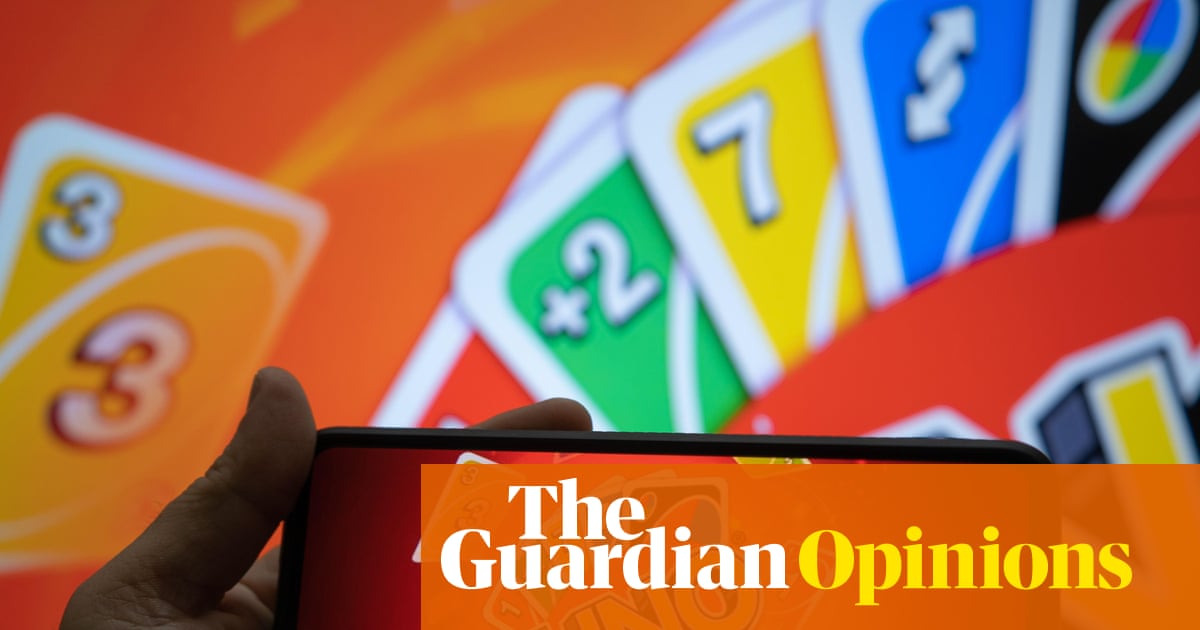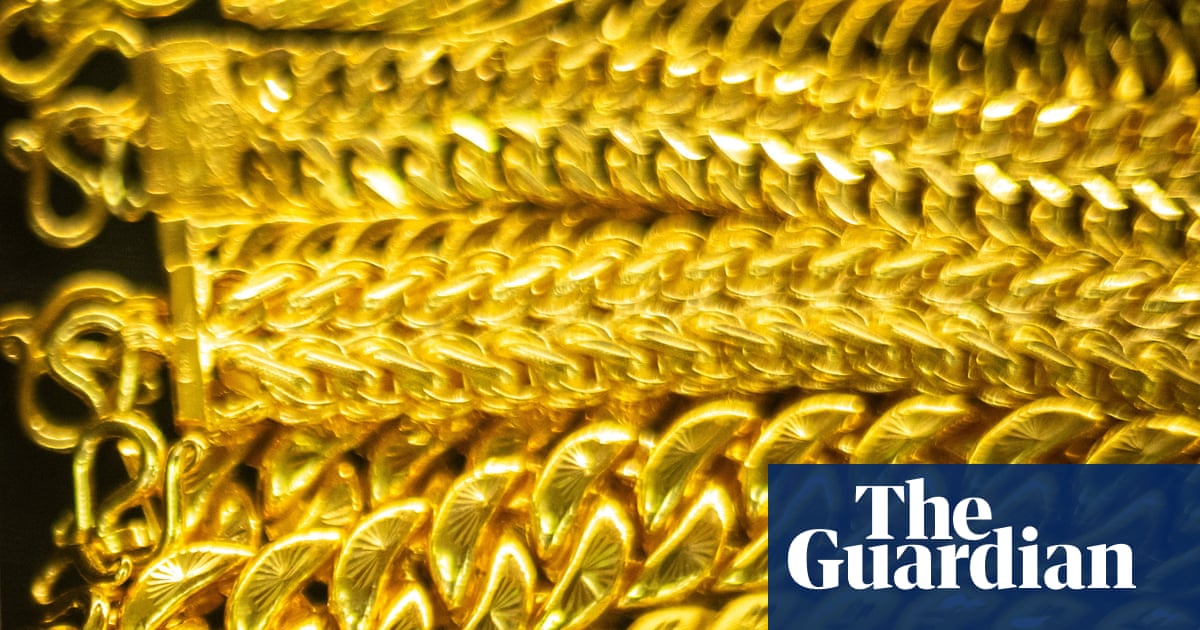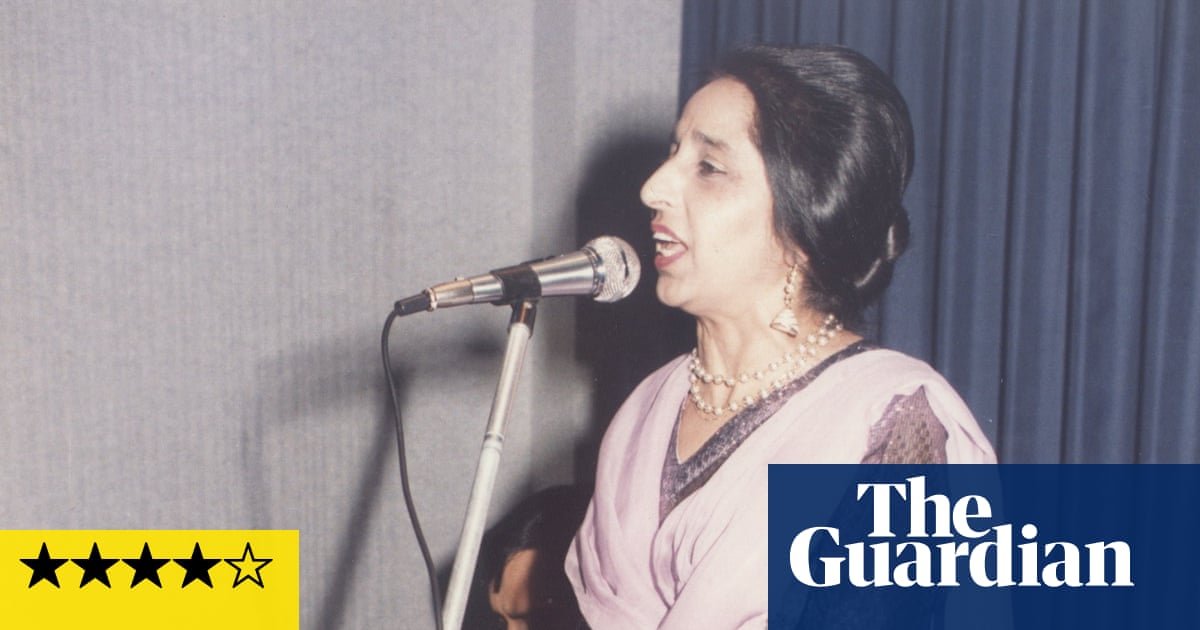Is luxury an £8m Birkin bag? Logging out of social media? A Japanese toilet with a pre-defecation misting function? A three-figure lipstick? A morning bath? Or even a £9,000 stainless steel coffin that looks a bit like Elon Musk’s “luxury” Cybertruck?
Chipping into the conversation this month is a £1,590 cotton hoodie with a faux fur-trimmed hood by Balenciaga, emblazoned with the word itself with the brand’s name scrawled into the Y’s cursive tail. Worn by Gwyneth Paltrow in the latest issue of British Vogue as she chops a pineapple in the very luxurious marble kitchen of her Hamptons home, the hoodie is the gag in the scene – but is it funny, or just obscene? Are you in on the joke?
It will come as no surprise that it was designed by Demna Gvasalia. The ultimate provocateur, Demna (who goes by his first name) pulled “Is it ironic?” stunts like this throughout his tenure at Balenciaga (he recently moved to Gucci). He caused outrage with trainers covered in fake mud, a skirt that looked like a towel and a four-figure bag that resembled Ikea’s 75p Frakta carrier. There was also Kim Kardashian wrapped in Balenciaga-branded duct tape, high-heeled Crocs and that ill-thought-out advertising campaign. So while the collab between an ordinary item of clothing and the word “Luxury” is not that surprising in this context, it is timely, particularly as the high-end fashion market attempts to navigate its way through a slump after a three-year surge. While other brands have leaned into stories of craftsmanship or exclusivity as a way of justifying higher prices, the design of the Balenciaga hoodie resembles a £15 version from Temu. All that is missing is, well, that luxury branding.
“It’s interesting because that hoodie would not have been allowed to happen 10 years ago. Fashion brands strongly rejected the term,” says Jana Scholze, an associate professor at London’s Kingston school of art and co-curator of the V&A’s 2015 exhibition, What is Luxury?. The exhibition aimed to answer its own question by exploring over 100 luxury products including a £100,000 wristwatch and DNA vending machine. Scholze says fashion brands typically described as luxury didn’t want to be involved in their clothes or the exhibition. In a year where the global luxury goods market exceeded £1tn for the first time and the word was plastered everywhere, “fashion brands felt the term had become meaningless”.
A decade later the term is more omnipresent and this time luxury brands are proudly self-identifying. Balenciaga obviously takes it one step further. Scholze considers the range “for people in the know” and suggests it appeals to a generation who have grown up online. “They follow certain influencers and they see a certain type of life portrayed to them they would like to reach. On open days [at Kingston], lots of applicants ask me, ‘Is there a job in this?’ They want to earn lots of money quickly. That’s their sole aspiration. It is brutally honest, but can we blame them?”
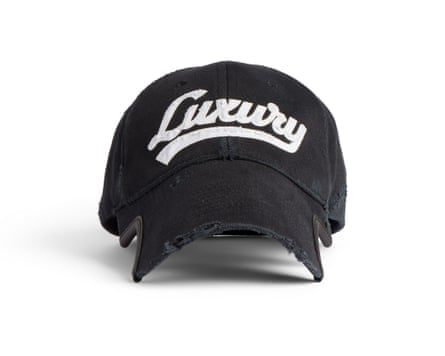
Luxury is a word that has always been contentious. Dr John Armitage, an associate professor and author of books including Luxury Philosophy, says it first started being argued about over 2,000 years ago when Plato considered it in The Republic. Armitage describes the word as a “shape shifter” explaining there is no clear definition. The Genevan writer Jean-Jacques Rousseau used it to describe “the enervation of virtue”, while Karl Marx expressed it as “the opposite of the necessary”.
Perhaps Demna, who was named one of Time’s most influential people in 2022, is simply hinting that quiet luxury, a term describing discreet but expensive clothing that entered the mainstream lexicon thanks to TV shows such as Succession, is now over. Conspicuous consumption is back. See that aforementioned Birkin. Five-figure Labubus. President Trump’s gaudy gold Oval Office makeover.
Less stealth wealth and more shouty, Demna’s “Luxury” range also includes a £640 cotton T-shirt and a £425 baseball cap with purposefully scuffed edges. In September he unveiled his debut collection for Gucci. The opening look consisted of a giant logo-ed Gucci trunk. There were also lots of faux-fur coats. Understated it was not.
after newsletter promotion
“The thing about luxury is that its meaning is constantly changing – historically, geographically, economically, technologically,” Armitage says. “I would say that it is not about people understanding luxury better, but that it is enough to say that people understand it differently. Consequently, it doesn’t make much sense to talk about diluting the meaning of luxury because there is no core meaning.”
To read the complete version of this newsletter – complete with this week’s trending topics in The Measure and your wardrobe dilemmas solved – subscribe to receive Fashion Statement in your inbox every Thursday.

 4 hours ago
7
4 hours ago
7

